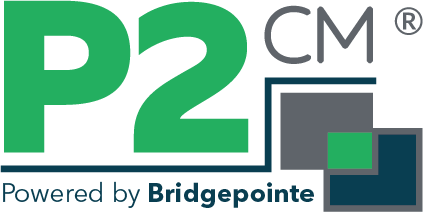You know the typical telecom challenges… bad connections, poor call quality, dropped calls. These things happen in offices everywhere. What’s worse is when it happens in an office that is literally dealing with life and death situations.
Believe it or not, even some large hospitals are still using outdated multi-zone paging systems that cause a huge amount of noise pollution in the older hospital environment. It’s time for everyone in the medical field to update their medical office phone systems into the modern era.
VoIP helps businesses and organizations simplify and reduce IT complexity, eliminate the need to pay a phone company for traditional phone lines, save money on phone bills (sometimes as much as 60-70%), and have access to advanced features that aren’t available with traditional business phone systems. For the healthcare industry that also means:
- Reduced employee workload
VoIP can help in managing multiple calls, collecting payments, patient identification and a lot more small activities that, when combined, forms a major part of the interaction between the patient and the medical professionals. Since VoIP facilitates fax into emails, documents such as payment information, registration forms, etc., can be directly sent to the patient’s inbox to maintain a smoother experience for both parties.
- Seamless collaboration and interaction (with internal personnel, multi-site operations, and outside specialists)
Using mobile VoIP capabilities, such as an app on your smartphone, your staff and providers are always reachable on their mobile phones. Missing important calls or information can create a lot of added work and decrease efficiency. Thanks to the mobility provided by many VoIP applications, staff members can stay connected by using their mobile devices to receive and make calls to and from their work extensions, as well as access voicemail, call logs, and contact lists.
VoIP solutions also unite the phone systems of multiple locations to allow for one extension that can be accessed from any location. Plus, with the help of cloud, VoIP provides instant long distance communication with specialists from all over the world.
- Enhanced patient experience
One of the most engaging parts of any healthcare institution is the registration, scheduling and billing of the services provided to the patients. It is a taxing process for both the medical staff as well as the patients. In times of emergencies, getting stuck in these processes is very frustrating for patients.
VoIP helps streamline these patient touch points with features to ensure your patients and callers are routed to the correct point of contact. Some of these features include:
- Prioritized calling for medical emergencies
- Call forwarding
- Click-to-call
- Routing calls based on caller ID
- Routing calls with option sets for billing, scheduling, care, etc.
- Custom messages based on day and time
- Custom hold music or announcements
- Integration with patient account information systems
Bottom Line: Strong communication is essential for delivering a consistent standard of care. A tremendous advantage in modern healthcare is the increase of mobile communication. Physicians, nurses and care workers are constantly on the move and require an infrastructure that can keep up (ehem VoIP).
With legacy phone systems, changing system settings can be a difficult task and can even require multiple calls to the vendor. That’s time your medical providers and staff simply can’t afford to waste.
If you are in the healthcare industry and would like to learn more about how VoIP can transform your medical office, elder care facility, or hospital, contact P2CM at sales@p2cm.com or 703-939-8240.

